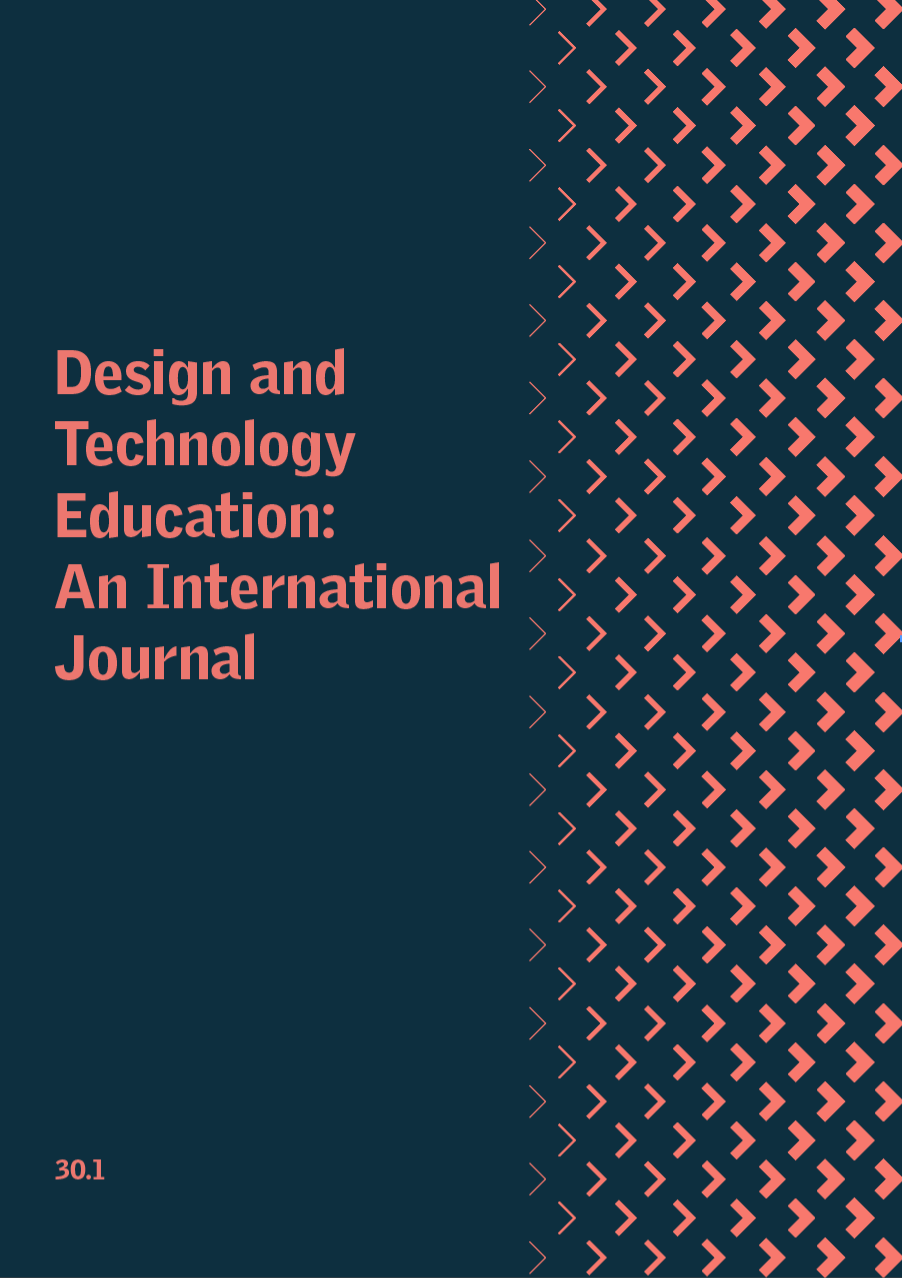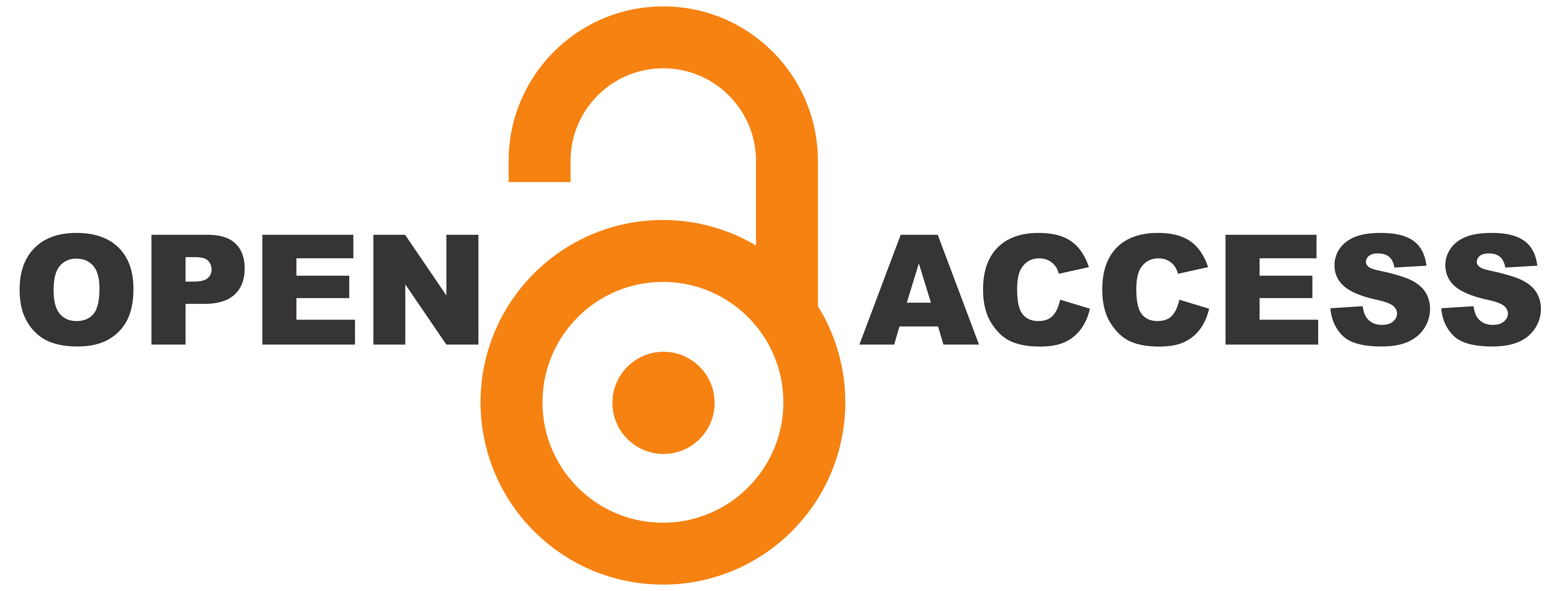The teacher's guide's way of communicating with the teacher – within the subject of technology
DOI:
https://doi.org/10.24377/DTEIJ.article3042Keywords:
Technology Education, teacher guides, design principles, educative curriculum materialsAbstract
The materials and artefacts utilized by teachers and students play a crucial role in education. In a subject like technology, where many teachers feel they do not have sufficient competence, curriculum materials such as textbooks and teacher guides provide important support for teachers. Teacher guides, in particular, have the potential to support teachers in different ways. The guidance provided in a teacher's guide can be either directive and talk through the teacher, i.e. telling the teacher what to do, or educative and talk to the teacher, i.e. telling the teacher how to do it and why to do it this way, thereby providing the teacher with knowledge to better understand the teaching of the subject. In this study, we analyze a teacher's guide for grades 7-9 to find out what kind of support it provides the teacher. An adapted framework for the design principles of educative curriculum materials was used. The analysis shows that this particular teacher's guide mostly talks through the teacher, giving the teacher directives on how to teach but without explaining why or suggesting other possible ways. The few educative features found are short and not very detailed. The support an educative teacher's guide could provide would give the teacher agency over their teaching and a better possibility to adapt teaching to situations and students. However, we see little of that kind of guidance in the teacher's guide analyzed in this study and conclude by outlining the possible consequences for technology education.
Downloads
Published
Issue
Section
License

This work is licensed under a Creative Commons Attribution 4.0 International License.
Authors who publish with this journal agree to the following terms:
Authors retain copyright and grant the journal right of first publication with the work simultaneously licensed under a Creative Commons Attribution License that allows others to share the work with an acknowledgement of the work's authorship and initial publication in this journal.
Authors are able to enter into separate, additional contractual arrangements for the non-exclusive distribution of the journal's published version of the work (e.g., post it to an institutional repository or publish it in a book), with an acknowledgement of its initial publication in this journal.



